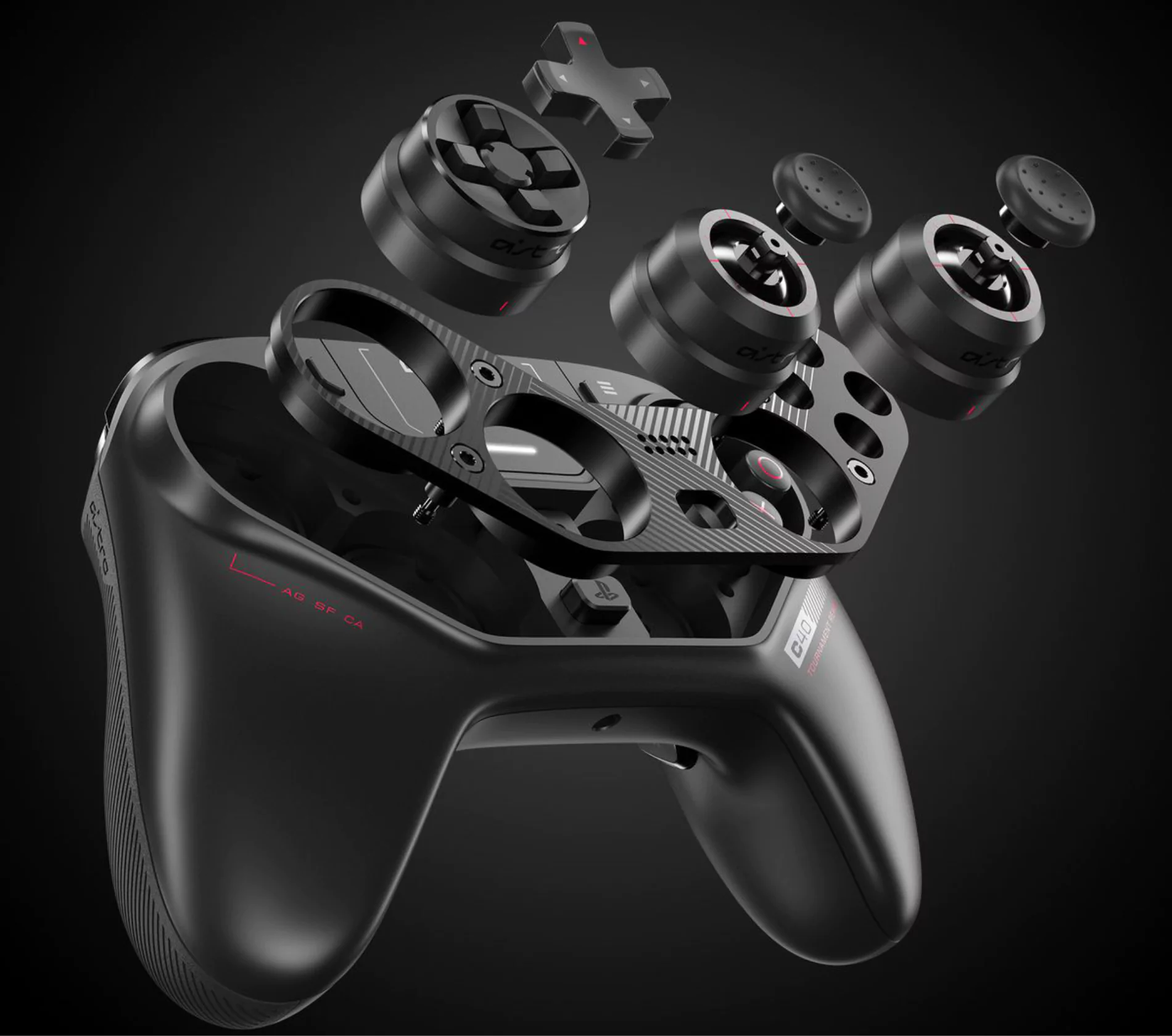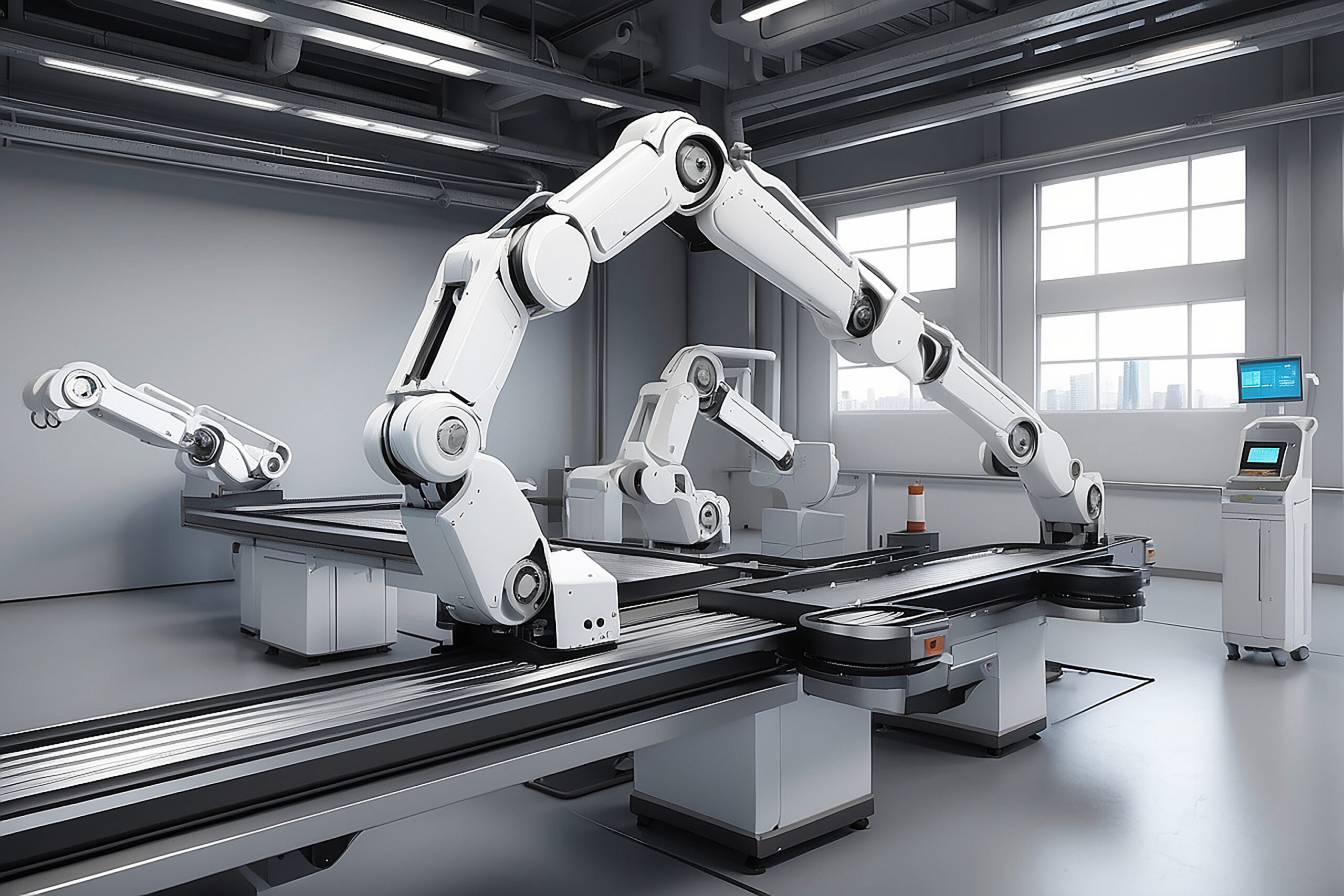The use of 3D animation in marketing represents a dynamic and innovative approach to connect with audiences in today’s digital landscape. This cutting-edge technique allows brands to convey their messages, products, and stories with immersive visual narratives that captivate and engage consumers like never before. In this blog post, we will explore how brands harness the power of 3D animation as a potent tool for visual storytelling, enabling them to forge deeper connections with their target audiences and stand out in an increasingly competitive marketplace. You must check the following article: Is 3D Product Animation Video for Business the Future of Product Marketing?
The importance of visual storytelling for brand engagement
Engaging Visuals is paramount for brand engagement as it transcends traditional marketing approaches. Through compelling visuals, brands can evoke emotions, convey their mission, and establish a memorable identity (Case Study of Cadyce). Humans are inherently drawn to narratives, and visual storytelling not only captures attention but also creates a lasting impact. It enables brands to connect with audiences on a personal and emotional level, fostering trust and loyalty. In today’s saturated digital landscape, where consumers are bombarded with information, visuals provide a unique avenue for brands to cut through the noise and leave a lasting, positive impression, ultimately driving customer engagement and brand affinity.
The Power of Visual Storytelling
The power of visual storytelling lies in its ability to transcend words and resonate deeply with audiences. Visual narratives, whether through images, videos, or 3D animations, have an immediate and lasting impact. They captivate attention, convey complex ideas with simplicity, and evoke emotions that words alone often cannot. By weaving a compelling visual story, brands can engage viewers on a visceral level, making their message memorable and relatable. In an era where information overload is the norm, harnessing the power of visuals is essential for brands to connect authentically, communicate their values, and leave a lasting imprint in the minds and hearts of their audience, contact here! 3D Animation Services.
Why is visual storytelling crucial in modern marketing?
Visual storytelling is crucial in modern marketing because it captures the attention of consumers in a crowded digital landscape. It allows brands to convey their message more effectively, evoke emotions, and create a memorable experience for their audience. Additionally, visual content is easily shareable on social media platforms, increasing the reach and potential impact of marketing campaigns.
Attention-Grabbing
In an age of information overload, visual content stands out and captures audience attention more effectively than text alone. It’s a potent tool to stop scrolling and engage potential customers.
Memorability
Visuals are easier to remember than text. A well-crafted visual story can leave a lasting impression, making your brand and message more memorable in a crowded market.
Emotional Connection
Visuals have the power to evoke emotions and connect with viewers on a deeper level. Emotional connections foster brand loyalty and trust, leading to customer retention.
Simplicity and Clarity
Complex ideas and information can be conveyed more simply and clearly through visuals. This aids in explaining products, services, and concepts effectively.
Storytelling
Stories are inherently engaging, and visual storytelling combines narrative elements with compelling visuals to convey a brand’s values, mission, and culture.
Shareability
Visual content is highly shareable on social media platforms, increasing brand exposure and virality. With emerging digital platforms like Facebook, Twitter, TikTok, LinkedIn, etc., brands can promote their content with very minimal investment.
Cross-Cultural Appeal
When it comes to marketing, market departments face issues like language and culture. Whereas, visuals can transcend language barriers, making it easier for brands to connect with diverse audiences globally.
3D Animation: A Marketing Game-Changer
3D animation has emerged as a game-changer in marketing, revolutionizing how brands engage with their target audiences. Unlike traditional marketing methods, 3D animation offers a dynamic and immersive approach to storytelling that captivates viewers and sets brands apart. Here’s why 3D animation is transforming the marketing landscape:
Visual Appeal
3D animations are visually stunning, grabbing and holding viewers’ attention. They enable brands to showcase products, concepts, and stories in a visually appealing and memorable way.
Storytelling
3D animation allows brands to tell compelling stories. Whether it’s explaining complex products or services or creating emotional narratives, the medium enables brands to convey messages effectively.
Realism and Creativity
Brands can create lifelike, detailed 3D models that demonstrate their products or concepts with unparalleled realism. This realism, combined with creative freedom, makes for engaging marketing campaigns.
Versatility
3D animations can be adapted for various marketing platforms, from social media to websites and advertisements. They offer consistency in branding across multiple channels.
Interactive Experiences
Brands can craft interactive 3D experiences, allowing viewers to explore products or environments virtually, fostering a sense of involvement and engagement.
Competitive Advantage
Adopting 3D animation sets brands apart from competitors still using traditional marketing approaches. It signals innovation and a commitment to delivering quality content.
Global Reach
3D animations can transcend language barriers, making them suitable for global marketing campaigns and appealing to diverse audiences.
Applications of 3D Animation in Marketing
The applications of 3D animation in marketing are diverse and impact, offering brands innovative ways to connect with their audiences and elevate their campaigns. Here’s an exploration of various ways in which 3D animation is utilized:
Product Demonstrations
3D animation allows brands to showcase their products in action. Whether it’s a detailed tour of a car’s interior or a demonstration of a new gadget’s features, 3D animations provide a compelling visual representation.
Explainer Videos
Brands use 3D animations to simplify complex concepts. Explainer videos use engaging visuals and animations to make information digestible, making it easier for viewers to understand the value proposition.
Virtual Tours
In the real estate and hospitality industries, 3D animations create virtual tours of properties, hotels, or tourist destinations. Prospective customers can explore spaces and get a feel for the experience before making a decision, Is 3D Product Animation Video for Business the Future of Product Marketing?
Interactive Content
Interactive 3D animations engage viewers by allowing them to interact with the content. This can include product customization, virtual try-ons, or interactive storytelling that lets viewers make choices in the narrative.
Brand Storytelling
Brands use 3D animations to craft immersive brand stories that resonate with their target audience. These animations evoke emotions, establish brand identity, and communicate the brand’s values effectively.
Marketing Presentations
In business-to-business (B2B) marketing, 3D animations enhance presentations and pitches. They provide a dynamic way to convey data, processes, and solutions.
Social Media Content
Short, eye-catching 3D animations are ideal for social media marketing. Brands create animations for Instagram Stories, TikTok, and other platforms to engage younger audiences.
Product Launches
3D animations create buzz around new product launches. Teasers, trailers, and unveiling videos generate excitement and anticipation among potential customers.
Educational Content
In industries like healthcare and education, 3D animations are used to explain medical procedures, anatomy, or complex concepts, making them more accessible to learners.
Event Marketing
Brands use 3D animations for event promotion, creating visually appealing invitations, promotional videos, and virtual event environments.
Augmented Reality (AR) and Virtual Reality (VR)
Integrating 3D animation with AR and VR technologies allows brands to create immersive marketing experiences. This can include interactive VR showrooms or AR-enhanced print materials.
Brands successfully using 3D animation in their marketing campaigns.
Nike’s “Choose Go” Campaign
Nike created a captivating 3D animated short film titled “Choose Go” to promote their Epic React running shoes. The animation featured various characters, including Kobe Bryant and Odell Beckham Jr., in a whimsical and motivational race. This unique approach showcased the shoes’ performance while delivering an inspiring message about overcoming obstacles.
Coca-Cola’s “Holidays are Coming“
Coca-Cola is known for its iconic Christmas advertising, and in recent years, they have incorporated 3D animation. The “Holidays are Coming” campaign features the famous Coca-Cola Christmas trucks rendered in 3D, driving through a snowy landscape to spread holiday cheer. The use of 3D animation adds a magical touch to the traditional campaign.
Geico’s Gecko
Geico’s advertising mascot, the Gecko, is a 3D-animated character. The Gecko has become a beloved figure in Geico’s commercials, using humor and charm to convey the brand’s message of saving on insurance. The 3D animation allows the character to interact seamlessly with live-action elements.
Apple’s Product Introductions:
Apple consistently uses 3D animation in its product launch events. These animations showcase the sleek design and functionality of their devices, such as iPhones, iPads, and MacBooks. The animations highlight key features, like the iPad’s multitasking capabilities, in an engaging and informative way.
In the digital age, the use of 3D animation in marketing has emerged as a powerful and innovative strategy for brands to connect with their audiences. This dynamic technique enables brands to convey their messages, products, and stories through immersive visual narratives that captivate and engage consumers like never before. Visual storytelling is at the core of this approach, as it transcends traditional marketing methods by evoking emotions, conveying brand identity, and fostering trust and loyalty. The blog post explores the significance of visual storytelling in modern marketing and delves into the trans-formative power of 3D animation as a game-changer in brand promotion. It highlights the diverse applications of 3D animation in marketing campaigns and provides real-life examples of brands that have successfully leveraged this technology to captivate their audiences and create lasting impressions. Ultimately, 3D animation is showcased as a dynamic tool that enables brands to forge deeper connections with their target audiences and stand out in an increasingly competitive marketplace.





